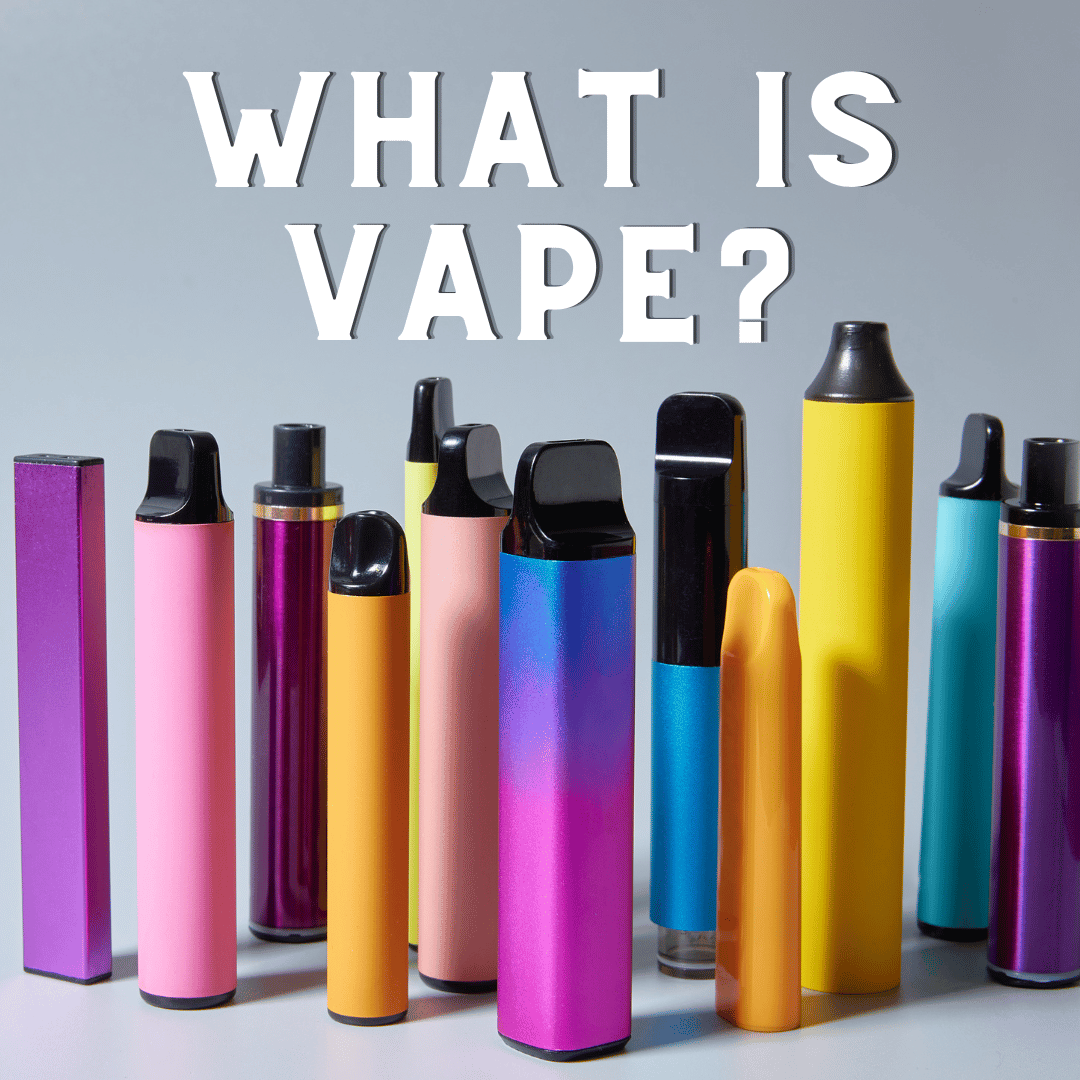
What is vape? Vaping Uncovered: Understanding E-Cigarettes
Vaping represents a groundbreaking shift in how nicotine is consumed, presenting a significantly safer alternative to conventional cigarette smoking. But what exactly is vaping? It's a question that many have pondered. Essentially, vaping involves the inhalation of aerosol or vapor produced by a device, commonly known as an e-cigarette, which heats a liquid containing nicotine, flavorings, and other ingredients. This guide aims to unravel the complexities of vaping, exploring the intricate mechanics behind various devices and their pivotal role in facilitating smokers' transition to a healthier lifestyle. From pod systems to the increasingly popular vape disposables, we delve into the nuances of these devices, providing essential knowledge and tips to navigate the diverse vaping landscape effectively.
Diverse Vaping Devices: From E-Cigarettes to Disposables
Vaping devices, commonly referred to as e-cigarettes, represent a groundbreaking innovation in nicotine delivery, leveraging battery-operated mechanisms to produce aerosol or vapor for inhalation. This diverse array of devices encompasses a wide spectrum of designs, from those closely resembling traditional cigarettes to sleek, modern alternatives mimicking everyday items such as pens or USB drives. The versatility of these devices extends to their functionality, catering to a myriad of preferences through options like pod systems and the burgeoning popularity of vape disposables. With each device offering its unique features and benefits, vapers can enjoy a customized vaping experience tailored to their individual tastes and requirements.
The Science Behind Vaping
At its core, vaping is about heating a liquid (e-liquid or vape juice) to generate an aerosol, or vapor, which is then inhaled. The e-liquid usually contains nicotine, propylene glycol, vegetable glycerin, and flavorings. This process, unlike smoking, does not involve combustion, thus reducing the exposure to toxic chemicals significantly. Understanding the composition of vape juice and how it varies across devices, including disposables, is crucial for assessing the potential health impacts of vaping.
Enhanced Functionality: The Anatomy of Vaping Devices
A typical vaping device comprises several components, including a cartridge or pod containing e-liquid, an atomizer responsible for heating the liquid, a battery, and a mouthpiece. Inhalation activates the atomizer, transforming the e-liquid into vapor, offering a smoke-free alternative to traditional smoking. This technological innovation empowers users with greater control over nicotine intake, aligning with individual preferences and aiding in smoking cessation efforts.
Utilizing Vaping for Smoking Cessation: An Enhanced Perspective
Vaping emerges as a safer and effective smoking cessation tool, primarily recommended for adult smokers eager to quit. The flexibility to gradually reduce nicotine levels through vaping facilitates a smoother transition away from cigarettes, circumventing the harmful tar and toxins associated with smoking.
Assessing the Risks: A Balanced View
While significantly safer than smoking, vaping isn't risk-free. However, health experts concur that vaping drastically reduces exposure to harmful toxins. Transitioning from smoking to vaping can significantly diminish the risk of cancer, lung diseases, and cardiovascular issues, emphasizing nicotine's minor risk profile when isolated from combustible tobacco.
The Future: A Closer Look at Vape Disposables
Vape disposables offer a straightforward, maintenance-free introduction to vaping, ideal for beginners or those seeking convenience. Despite their advantages, it's important to consider their environmental impact and ensure responsible disposal.
Transitioning to Vaping: Comprehensive Advice
Successfully transitioning to vaping might entail choosing the appropriate device, effectively handling withdrawal symptoms, and actively participating in the vaping community for encouragement and support. Additionally, vaping often proves to be more economically advantageous than smoking, offering significant financial savings.Selecting and Operating Vapes: Detailed Guidance
Selecting the perfect vape device is essential and varies based on individual smoking habits and nicotine preferences. Currently trending are vape disposables boasting impressive puff counts of up to 15,000, complete with full-screen digital displays and a delightful array of unique sweet flavors to cater to every palate.
Addressing Vaping Side Effects and Etiquette
While vaping's side effects are generally mild, it's crucial to vape responsibly, especially in public spaces. Understanding and debunking vaping myths is also essential in making informed decisions about vaping and its benefits over smoking.
Vaping Myths and Facts
In the realm of vaping, misconceptions can cloud judgment and influence decisions. Here, we address some of the most common myths and present the facts, based on research and expert opinions, to offer clarity and insight.
Myth 1: Vaping is as harmful as Smoking
Fact: Vaping significantly reduces harm compared to smoking. UK studies highlight that vaping carries only a fraction of the risks associated with smoking, lacking many harmful chemicals found in cigarette smoke.
Myth 2: Nicotine’s Excessive Harm
Fact: Despite common misconceptions, nicotine, although addictive, is not the primary culprit behind smoking-related diseases. Instead, the substantial harm arises from the vast array of toxic chemicals present in tobacco smoke. These chemicals, including tar, carbon monoxide, and formaldehyde, among others, are responsible for the development of various health issues, ranging from respiratory ailments to cardiovascular diseases and even certain types of cancer. Understanding this distinction is crucial in dispelling myths surrounding nicotine and recognizing the true hazards associated with smoking. By focusing on the toxic compounds in tobacco smoke rather than nicotine itself, we can better address the root causes of smoking-related health concerns and explore safer alternatives, such as vaping, for nicotine consumption.
Myth 3: Vaping Fails to Aid Quitting
Fact: Nicotine vapes are really good at helping people quit smoking. They work even better than traditional nicotine replacement products like patches or gum. Vaping lets you control how much nicotine you get, so you can match it to your cravings, which makes it more satisfying. Plus, vaping feels a lot like smoking with the hand-to-mouth action, which makes it easier to switch. And the best part? Vape liquids come in all kinds of flavors and nicotine strengths, making it easier and more enjoyable to transition away from regular cigarettes.
Myth 4: Trading One Bad Habit for Another
Fact: Although vaping delivers nicotine, similar to cigarettes, it does so without the toxic combustion products of tobacco, making it significantly less harmful.
Myth 5: Increased Vaping Frequency is Worse
Fact: Vaping more frequently than smoking is not inherently more harmful, considering the drastically lower risks associated with vapor compared to smoke.
Myth 6: Vaping Leads to 'Popcorn Lung'
Fact: Concerns about vaping causing 'popcorn lung' are unfounded. Diacetyl, the chemical linked to this condition, is not commonly found in vaping products.
Myth 8: Secondhand Vapor is Harmful
Fact: There is no substantial evidence to suggest harm from secondhand vapor exposure. However, courtesy and caution are still recommended, especially around vulnerable individuals.
By dispelling these myths and presenting the facts, we aim to provide a clearer understanding of vaping, encouraging informed choices and discussions about its role in reducing the harms of nicotine consumption.
Vaping is like a new door for people who want to quit smoking regular cigarettes. It's a way to leave behind the bad stuff in cigarettes and move towards something better. When we learn more about vaping and get help from others, we can use vaping smartly to stop smoking for good.
Conclusion: Embracing Vaping for a Smoke-Free Future
Consider viewing vaping as a supportive ally in your journey to break free from smoking. Understanding its nuances – both the benefits and potential drawbacks – empowers you to make informed decisions for your well-being. Countless individuals have transitioned from smoking to vaping, finding it beneficial, particularly due to its comparative harm reduction.
Engaging in vaping also fosters a sense of camaraderie. A vast community shares experiences and insights on transitioning from smoking to vaping, offering advice on devices, usage techniques, and cost-saving strategies.
Ultimately, opting for vaping over smoking transcends merely avoiding smoke. It signifies embracing positive change aided by modern technology and a supportive network.
For those contemplating quitting smoking, vaping stands as a viable option, offering tangible benefits such as smoking cessation support, financial savings, and connection to a supportive community. Ultimately, choosing vaping signifies a commitment to personal health and empowerment, heralding a new era of harm reduction and individual freedom of choice.
Author, Josh Kim, Team Member of Eliquidstop
Hey vape fam! I'm Joshua, and I kicked smoking to the curb five years ago by switching to vaping. Join me as I share tips, tricks, and all things vape-related. From device reviews to flavor recommendations, vape related news, and more. Let's explore the world of vaping together. Cheers to a smoke-free life!
References
https://nida.nih.gov/publications/drugfacts/vaping-devices-electronic-cigarettes
https://www.nhs.uk/better-health/quit-smoking/vaping-to-quit-smoking/vaping-myths-and-the-facts/
https://www.cancerresearchuk.org/about-cancer/causes-of-cancer/smoking-and-cancer/is-vaping-harmful#:~:text=Many%20studies%20show%20that%20vaping,been%20found%20in%20e%2Dcigarettes.

Leave a comment